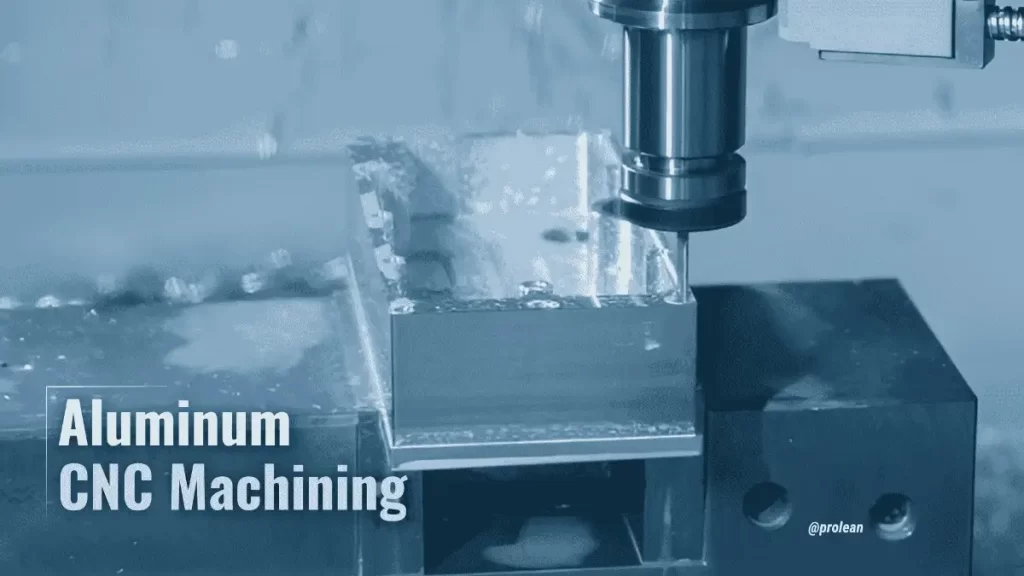
Aluminum CNC Machining
Aluminum CNC Machining is a precise and reliable method used across many industries. Computer-controlled tools allow you to shape custom aluminum parts to exact specifications. CNC process gives tight tolerances and smooth finishes every time, if carefully monitored and controlled.
You can use alumnium CNC machining for prototypes and full-scale production runs. Its strength-to-weight ratio makes it ideal for automotive, aerospace, and electronics. Manufacturing Engineers also value their thermal and corrosion resistance during part design.
The CNC process works well with various aluminum grades. Depending on the need, you can easily machine 6061, 7075, or 5052 alloys. Each grade has unique strengths, surface finish and cost benefits for your project.
Why Aluminum is Ideal for CNC Machining?
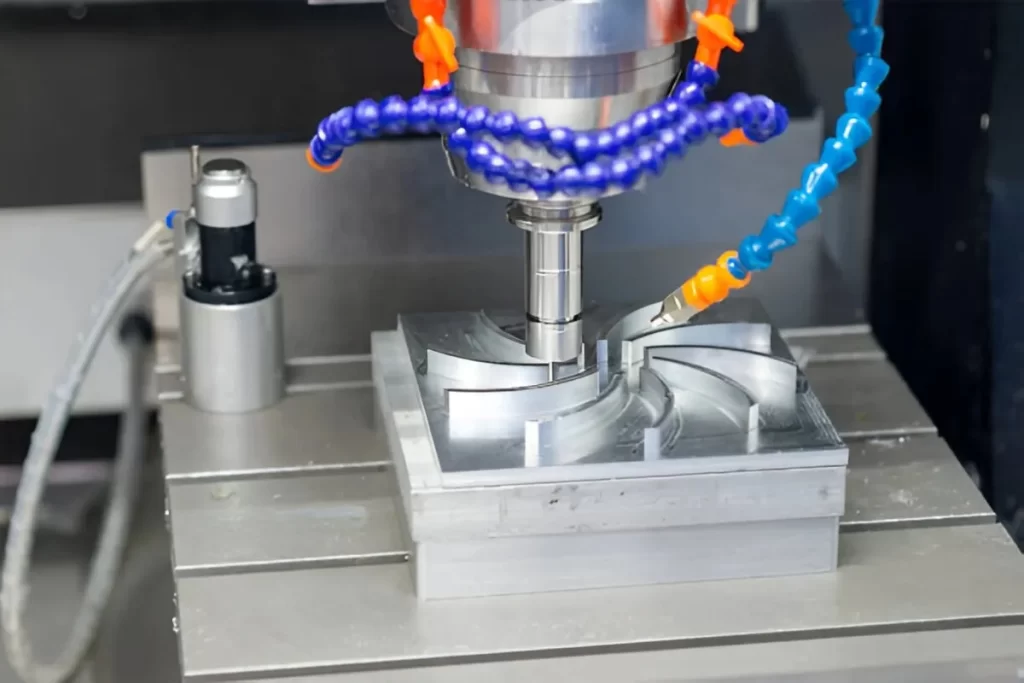
Aluminum Part Machining
Aluminum machined parts feature a good strength-to-weight ratio. It is strong, lightweight, and easily machined to high accuracy. This minimises the production cycle and the tool wear.
Heat and corrosion are also well managed. It is naturally resistant and can be used in harsh and outdoor environments. Usually, structural parts are made of aluminum due to its high flexibility.
Besides, it gives a smooth, machined surface. Moreover, it can be anodised and coated without any special preparation. These characteristics promote the functionality and aesthetic value of products in various industries.
Standard CNC Processes for Aluminum Machining
Several CNC methods are suitable for aluminum. All these methods help design specific shapes and tolerances and meet production objectives. Choosing the proper process enhances speed, accuracy, and cost control.
CNC Aluminum Milling
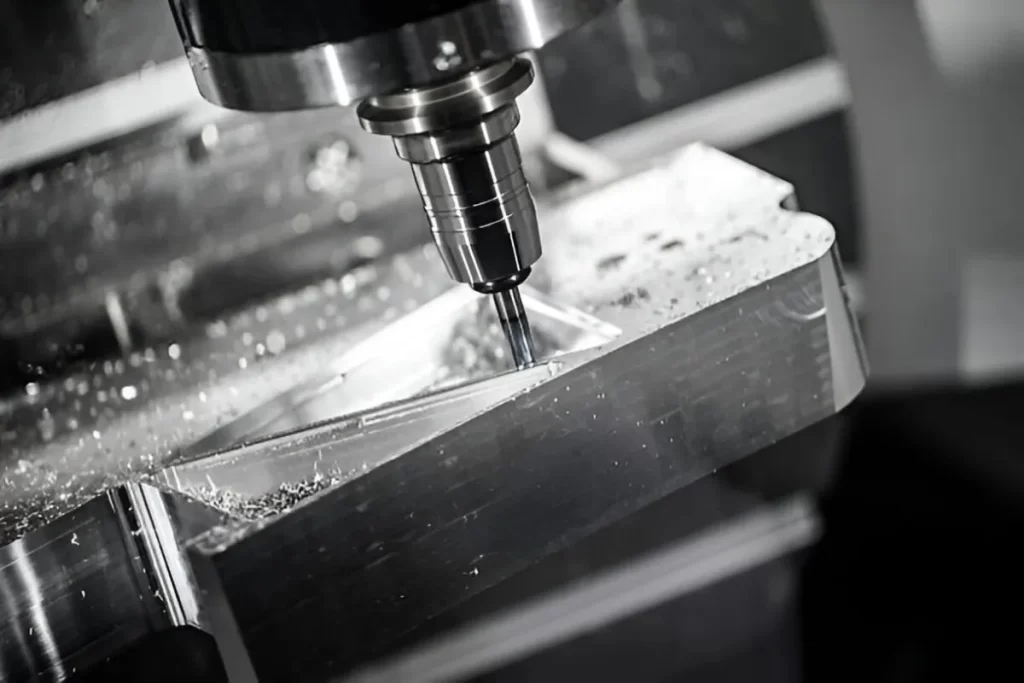
Aluminum CNC Milling
CNC milling is the most common process for aluminum. It cuts material using rotary cutters. You can make complicated shapes, sharp edges, and flat surfaces with close tolerances.
Aluminum is softer than steel, making it generally easier to mill, though it can still cause tool wear due to built-up edge if not properly lubricated. This maintains cycle times as low and finish quality as high. Everyday products perfect for milling include.
- Housings
- Brackets
- Enclosures
CNC Turning Aluminum

CNC Turning Aluminum Part
Aluminum CNC turning parts can be applied to round, symmetrical, and cylindrical parts. It rotates the aluminum workpiece, and a cutting tool cuts off material. The outcome is precise, clean concentric features.
Turning applies to;
- Shafts
- Bushings
- Threaded components
Turning can also include milling capabilities in a single setup when combined with live tooling.
Drilling and Boring Aluminum
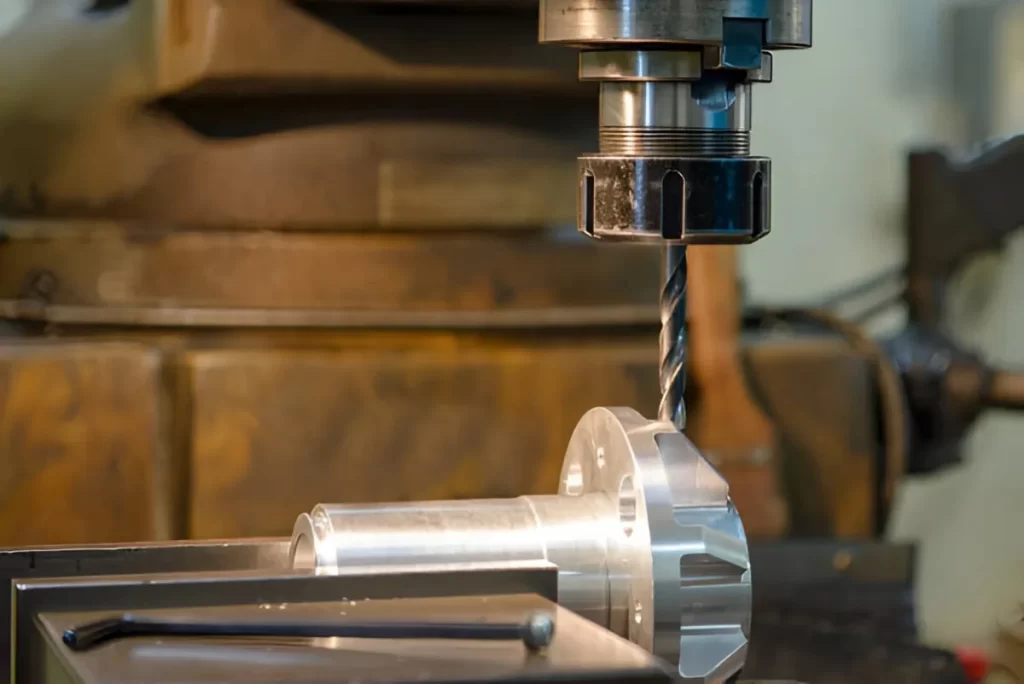
Hole Drilling Aluminum Part
Drilling assists in making precise holes and internal details. CNC drills are fast and multiplicative. Boring tools improve the finishes or extend the hole sizes more accurately.
Aluminum is easily drilled without clogging and overheating. You can clean holes for fasteners, cooling channels, or alignment pins.
Aluminum Tapping and Threading
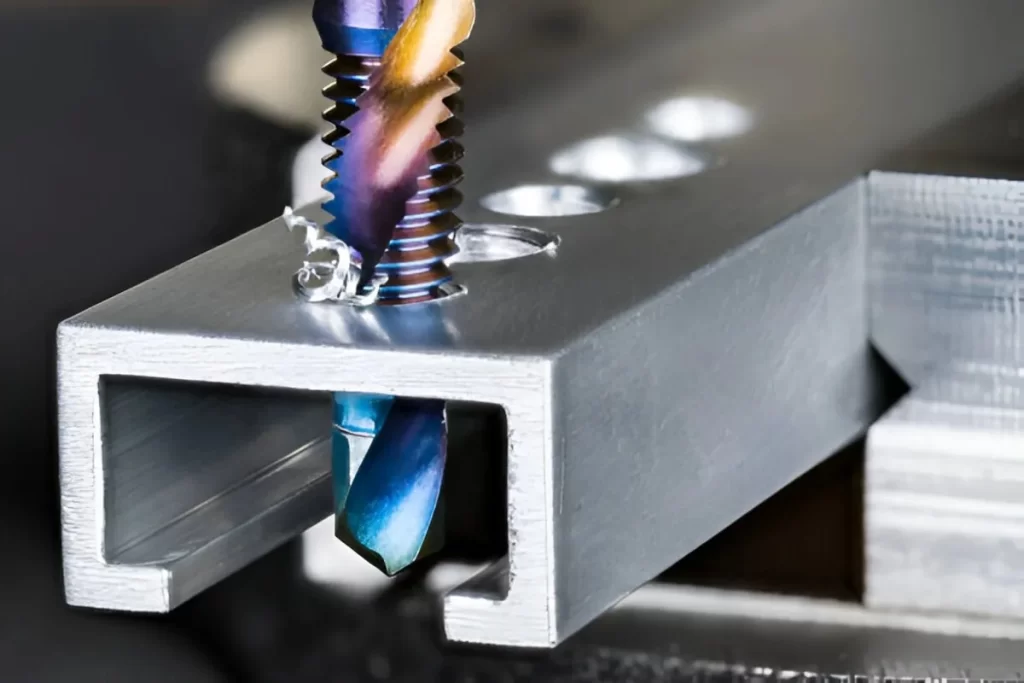
Threading In an Aluminum Profile
Tapping enables you to drill and then cut internal threads. CNC machines can tap directly and form threads using specialized tools. Aluminum is soft and easy to thread without cracking.
Thread milling provides more control and accuracy for fine pitch of threads. Both methods are effective on the majority of grades of aluminum.
Finishing Operations
Surface treatments improve performance and appearance after machining. CNC processes provide a clean finish, although additional methods like polishing or bead blasting are applied to improve the finish further. Type III (hard coat) anodizing significantly improves surface hardness and wear resistance, which adds functional strength to the surface..
High-Speed Machining
Aluminum supports rapid material removal and does not cause heavy tool wear. High-speed machining involves high RPMs and feed rates to reduce cycle times. You receive a quicker output with the same quality of the parts.
Modern CNC installations take advantage of dynamic tool paths and adaptive cutting. These assist in tolerance and surface finish even when high speeds are involved. It is suitable for both prototyping and large-scale production runs.
Try Prolean Now!
What Types of Aluminum Are Used in CNC Machining?
Many aluminum grades perform at varying levels during machining. Some have a speedier cut. Others give tighter tolerances and better finishing responses. The right type depends on the part geometry, end usage, and aims in terms of cycle times.
6061 Aluminum
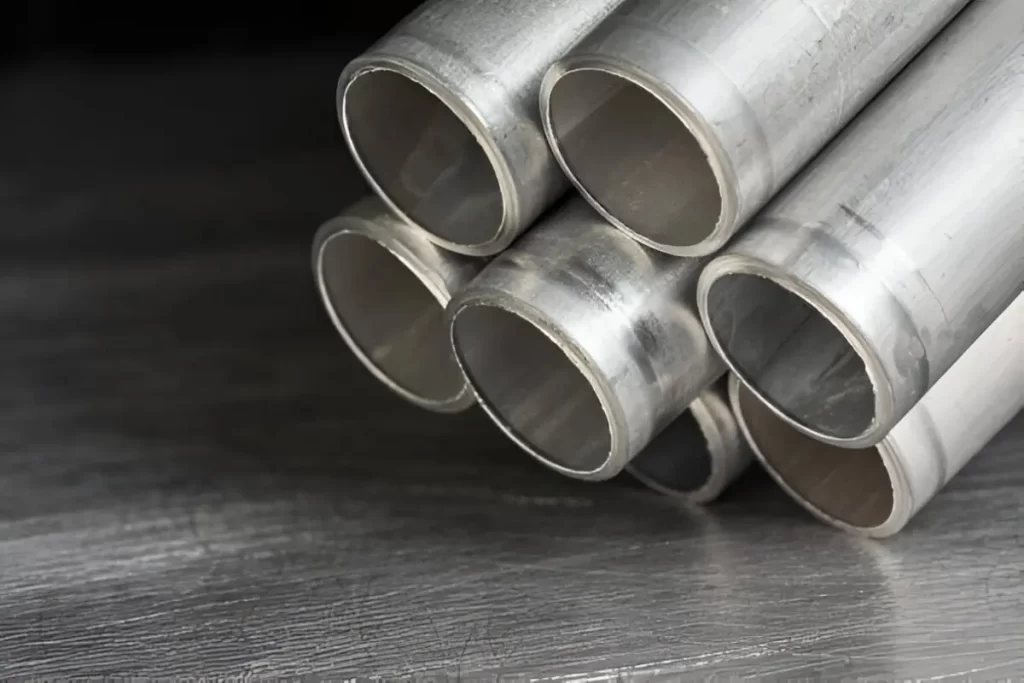
Aluminum 6061 Pipes
Brackets, enclosures, and frames are made using 6061. The alloy can be machined clean with minimum burrs, and can also hold tolerances very well on simple or complex geometries. It can be anodised without additional preparation and is helpful for low-quantity or cosmetic assemblies.
Moreover, the tool wear is moderate in the case of machining 6061 aluminum. Moderate feeds and speeds can be run on the standard mill machinery or a 3-axis machine. It further takes lightly engineered drilling and threading.
7075 Aluminum
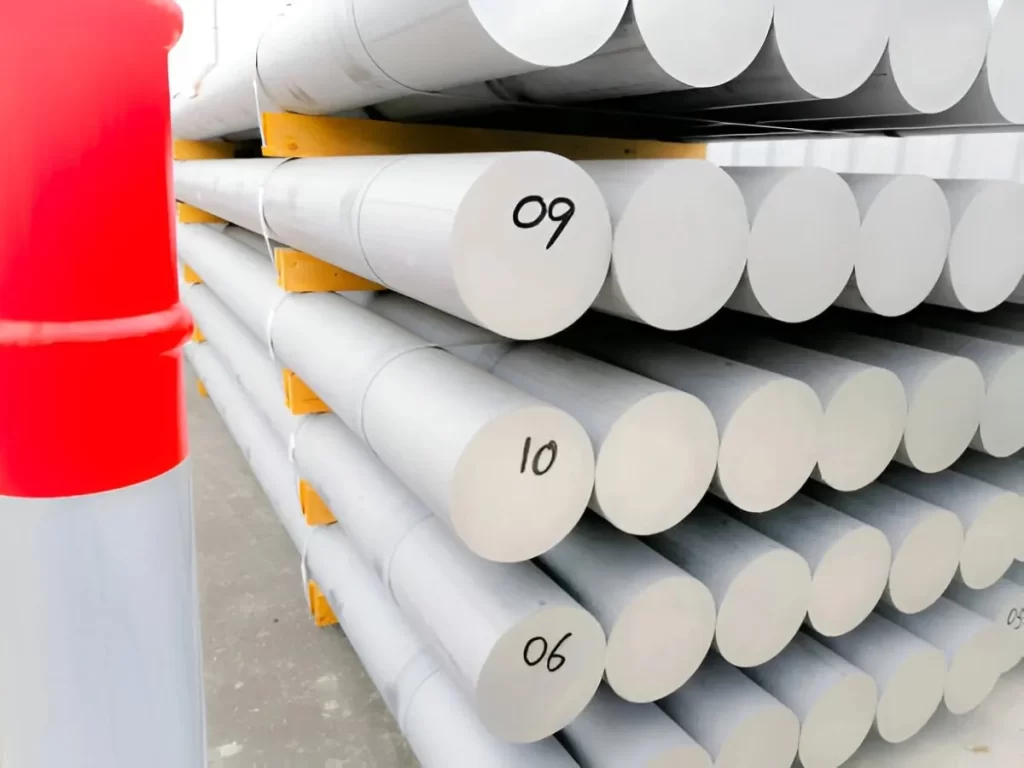
7075 Aluminum Bar Stock
7075 aluminum is suitable for aerospace structures and high-stress aluminum parts machining. The tool must be sharp-toothed to prevent chatter at deep pockets and thin walls. Dry runs can spot some marks on the surface, which can be avoided with coolant.
On small features, use lower feed rates. Tapping and thread milling provide a finer finish on small threads. The sharp internal corners should be avoided to minimise the chances of stress cracks.
5052 Aluminum
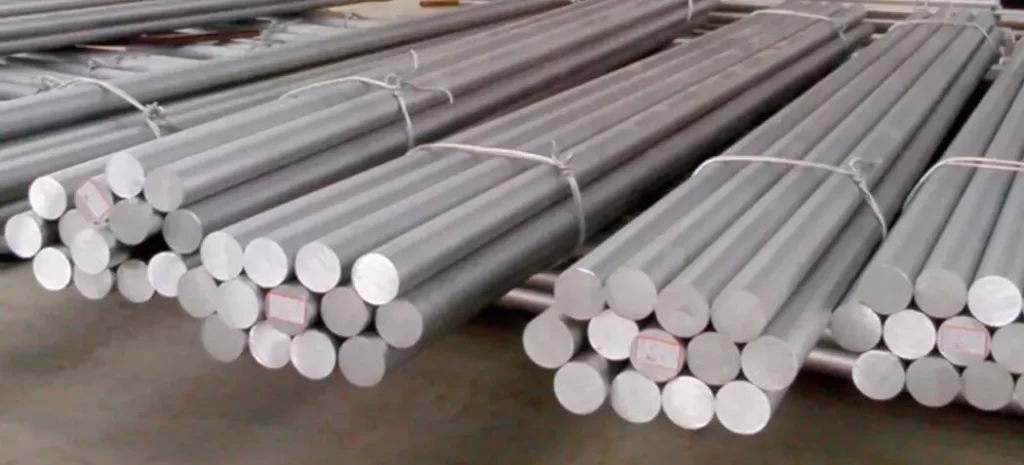
Raw 5052 aluminum bars
5052 aluminum is softer and appropriate for sections that require forming, like housings with curved flanges or marine panels.
To minimise galling in 5052 aluminum, use polished and coated tools. To prevent drag lines, keep the feeds low on finishing passes. It lacks a grip of flatness on the thin parts that are not fitted.
2024 Aluminum
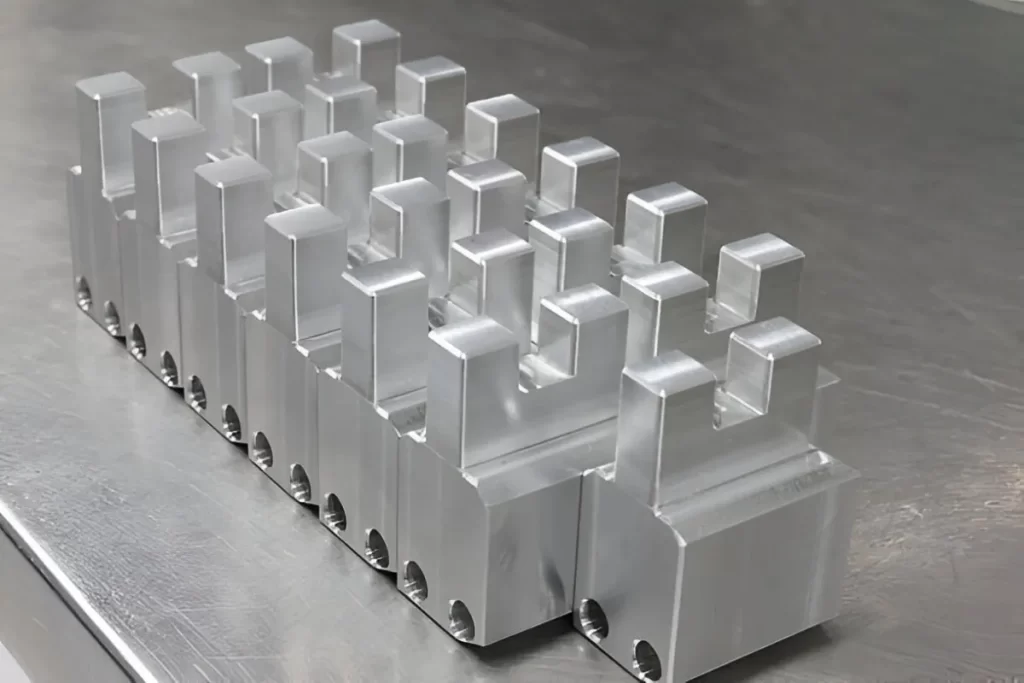
Aluminum 2024 Machined Parts
Aluminum 2024 cuts quickly; however, edges chip during high-speed passes. It is most suitable for the aerospace fixtures, fittings, and components under tension.
A better finish of outside profiles is provided by climb milling. When machining thin areas, use tight hold-downs. 2024 aluminum should not be used in moisture-exposed parts unless they are coated.
1100 Aluminum
The 1100 is best applicable to non-structural units that have a cosmetic surface. It is easily machined but deforms when clamped or cut long. It is usually applied to plates, covers, or labels.
Vacuum and soft-jaw fixturing should be used to avert distortion. Make incisions superficial and the instruments resilient. Additionally, the quality of surface finishes is secondary-free.
6063 Aluminum
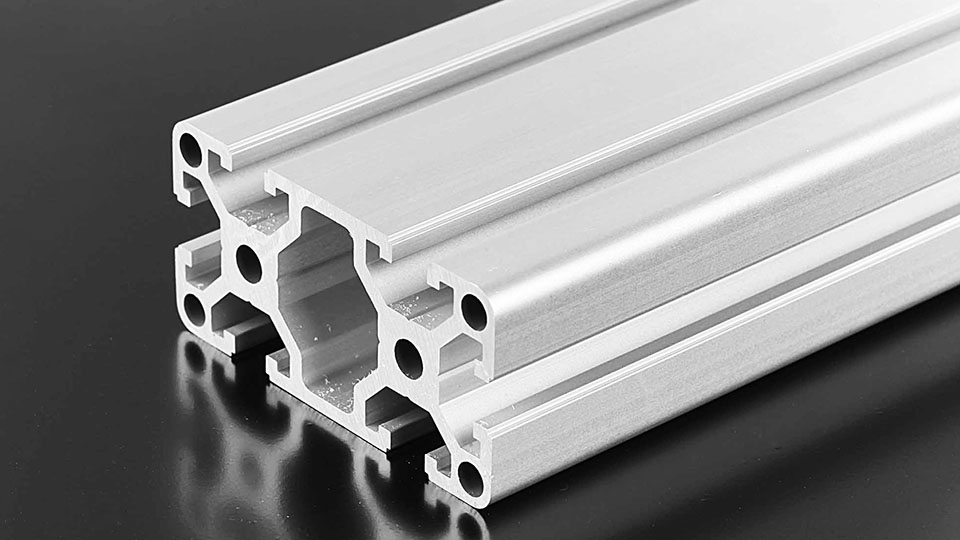
Primarily, 6063 is employed for profiles or extrusions that call for the addition of machining operations. Its machines are better than 1100 and not as good as 6061. It is usually applied in display frames, LED cases, or low-load mechanical fragments.
6063 is more often chosen for extrusion and has lower machinability compared to 6061. It is not ideal for ultra-tight tolerances due to its mechanical properties. Avoid its use in machining moving parts. Surface speeds should not be too high to smear during slotting.
2011 Aluminum
2011 is optimal for CNC turning. It is usually utilised in CNC lathes for spacers, pins, or valve bodies. It makes nice chips and fine thread finish even without lubricants.
You can run tough cycle times without tool chatter. On the limitation side, it does not lend itself to welding or outdoor use because it has low corrosion resistance.
Steel Versus Aluminum CNC Machining
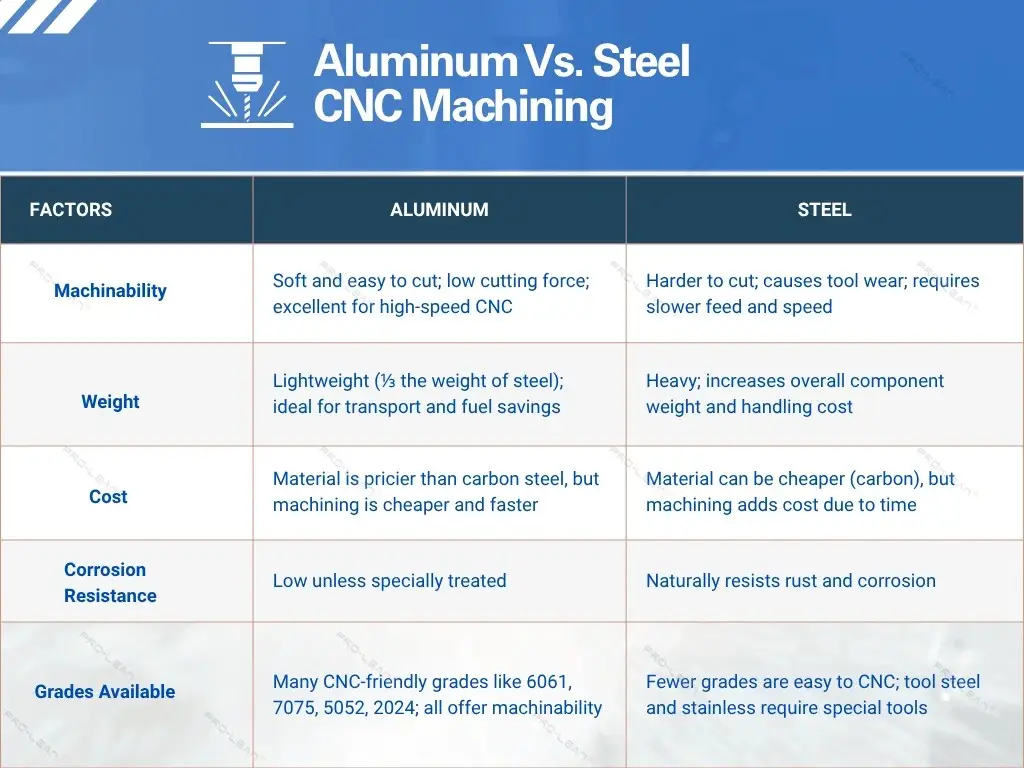
Aluminum Vs Steel Machining
CNC machining is best for aluminum and steel. The material selection is based on the balance between the material cost, weight, strength, etc. The following are some of the significant disparities concerning manufacturing requirements.
Cost Considerations
Carbon steel and mild steel are usually less costly than aluminum alloys. Some high-performance aluminum alloys (e.g., 7075 or 2024) can be as expensive as or even more costly than lower-grade stainless steels, depending on supply chain and form (sheet, billet, etc.). The prices of metals fluctuate depending on demand, shipping, and raw materials.
Cost also entails the long-term performance. A low-priced steel component may break earlier than an aluminum component. Repairing worn parts adds additional cost.
Corrosion Resistance
Aluminum and stainless steel are resistant to corrosion. Stainless steel is superior in all aspects, although it is expensive. The other types of steel require painting and coating to avoid rust.
Such coatings add weight and cost and are time-consuming to maintain. Uncoated steel is prone to fatigue in wet or outdoor conditions. Aluminum is superior in its untreated and exposed applications.
Weight Difference
Aluminum is lightweight compared to steel. It is approximately a third lighter. So, it commonly serves industries where weight influences performance, transport, or cost.
Many manufacturing companies are substituting steel with aluminum components. This change assists in reducing the overall weight without compromising the functionality. It also improves fuel consumption in cars and energy consumption in machines.
Strength and Durability
In most cases, steel is stronger than aluminum. It can withstand more loads and endure high heat and impact. Steel components are hardly subject to deformation.
aluminum dent and scratches more easily. It is also flexible in load, which might influence part life or performance. Steel is usually preferable for high-load-bearing and stressing components.
Tool wear and Machinability
Aluminum machines more quickly than steel. It can permit faster cutting speed and reduced cycle time. Additionally, it consumes less coolant and cutting force.
This minimizes wear on tools and helps them maintain their edge longer. Aluminum can also be machined on desktop CNC setups, making the equipment less costly. Steel is more time-consuming and more abrasive than other tools. (See also: CNC machining titanium Vs aluminum)
Try Prolean Now!
Common Finishing Options for Aluminum CNC Machining
As mentioned earlier, the finishing improves aluminum components’ life, appearance, and performance. The following are the most common CNC machining methods for aluminum.
Machined Finish
Machined finish comes as the default after the CNC cutting. It displays unpolished marks and minor surface finishes. It is appropriate for functional components where appearance is not a significant concern.
Type II Anodising
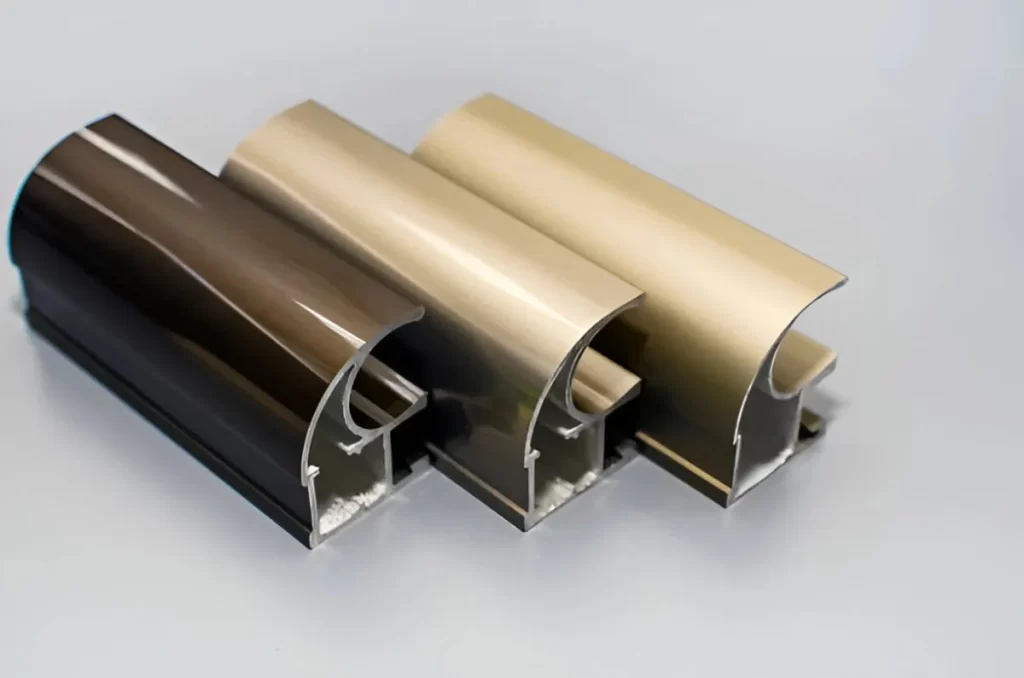
Type II Anodized Aluminum Window Parts
A thin oxide layer is added to the surface in Type II anodising. It enhances resistance to corrosion and colour dyeing. Some of the standard colours are black, natural, and red.
Anodised aluminum parts can possess a more rigid surface. This will aid in minimising wear in highly contact surfaces such as housings or brackets.
Hard Anodising (Type III)
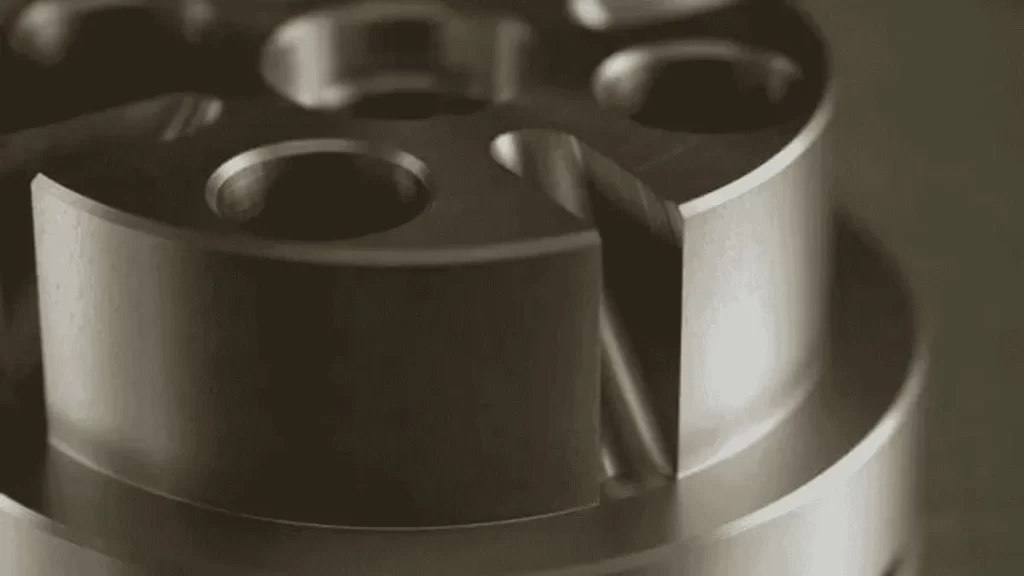
Hard Coated Anodized Parts
Complex anodising forms a uniform thick layer and a denser oxide film. It provides a wear and scratch-resistant addition to normal anodising. This can be applied to friction-bearing parts used in harsh environments. For instance, it finds application in aerospace, defence, and high-end mechanical constructs.
Bead Blasting
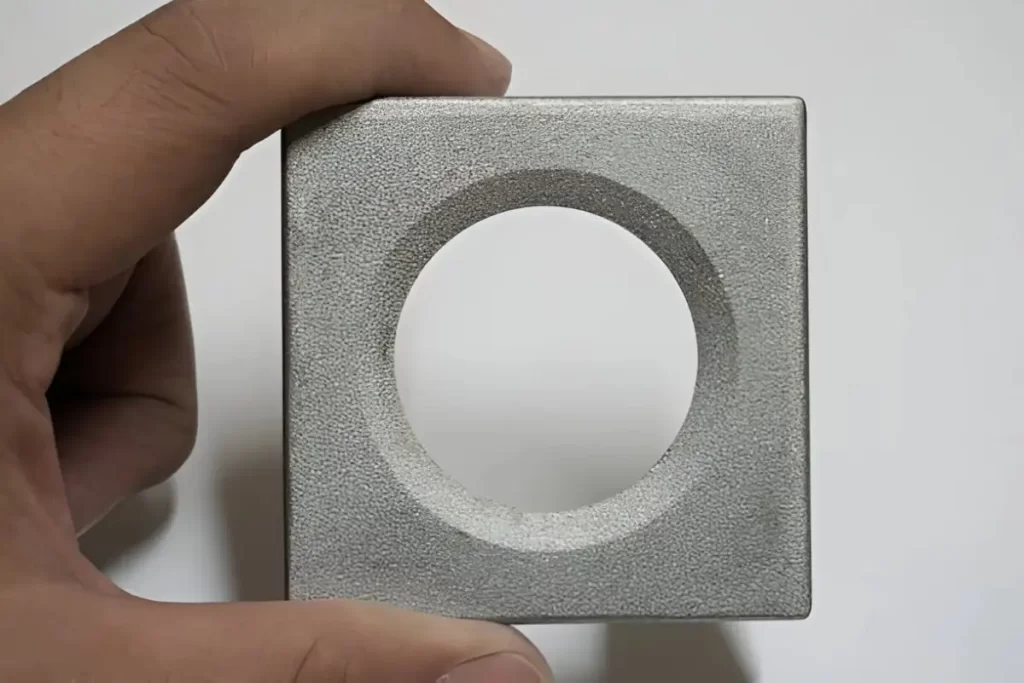
Bead Blast Aluminum
The bead blasting provides a matte finish with a uniform effect. It cleans tool lines and other surface defects before anodising and coating. It improves gripping and glare as well.
Powder Coating
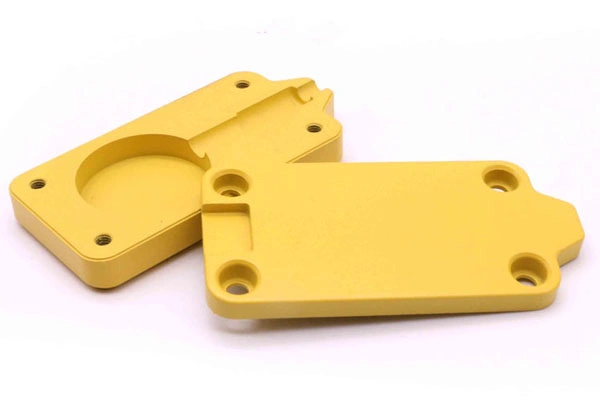
Powder coating finish Parts
Powder coating offers decoration, coating, and a protective layer. It employs electrostatic charge to apply dry powder, after which it cures the surface using heat.
It supports numerous colour choices. However, the surface is thicker than anodising and more suitable for outdoor applications or parts under impact.
Brushed Finish

Brushing Finish Part
Brushing produces a straight-grained texture. It improves the looks and covers light scratches from handling. It is commonly applied to enclosures, panels, or product cases requiring additional polishing and cleaning.
Types of CNC Aluminum Parts
Many machined parts are made of aluminum, which is light, easy to handle, and can be used for most mechanical functions. Aluminum gives design and performance flexibility if you create a prototype or a final product.
Enclosures
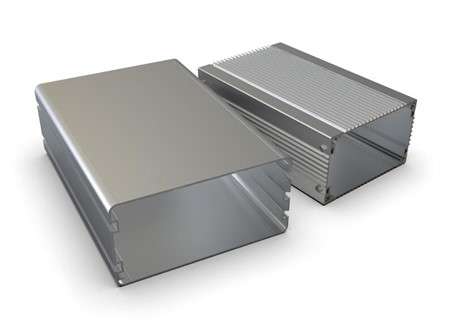
Enclosures from aluminum sheet
Aluminum enclosures are used in consumer electronics, robotics, and industrial systems. Tight pockets, screw bosses, and thin walls can be machined quite accurately. The material also supports internal electronics by helping to dissipate heat.
Brackets
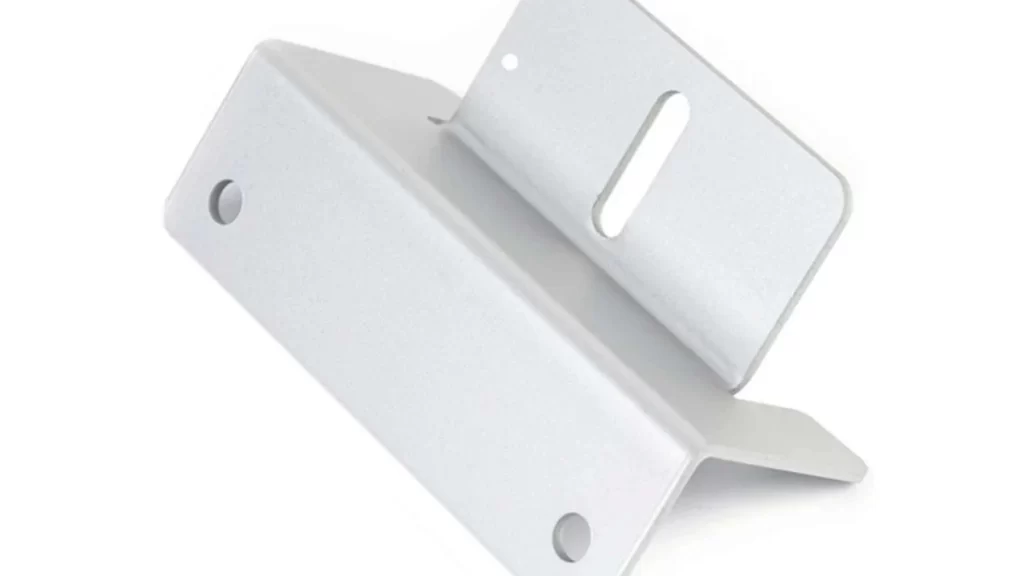
Aluminum Z-shaped Brackets
Aluminum keeps part weight low but not at the expense of strength. It also accepts surface treatment and threads. Mounting brackets are used on frames, fixtures, and assembly systems.
Heat Sinks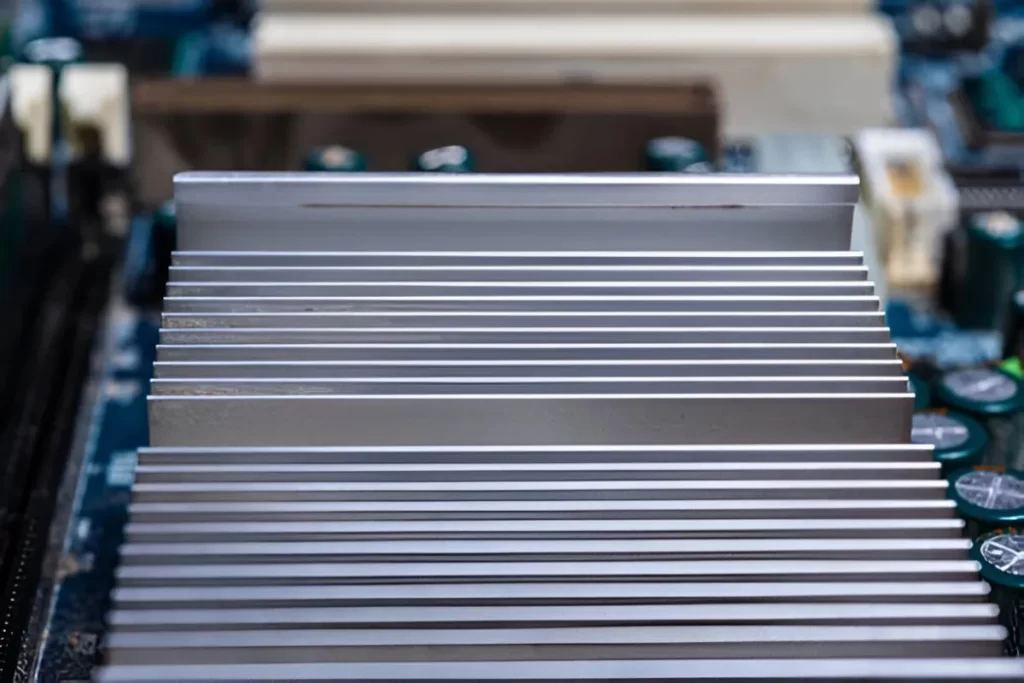
Aluminum Heat Sink
Aluminium’s high thermal conductivity makes it ideal for passive cooling applications. It machines clean fins and channels, which improves airflow. You can design small-sized heat sinks without casting and complicated tooling.
Panels and Lids
Flat areas, such as lids and panels, are easy to machine. They frequently require sharp edges, acceptable flatness, and a smooth surface finish. Aluminum provides you with all these features with a bit of post-processing. It is perfect for housing and access covers.
Structural Frames
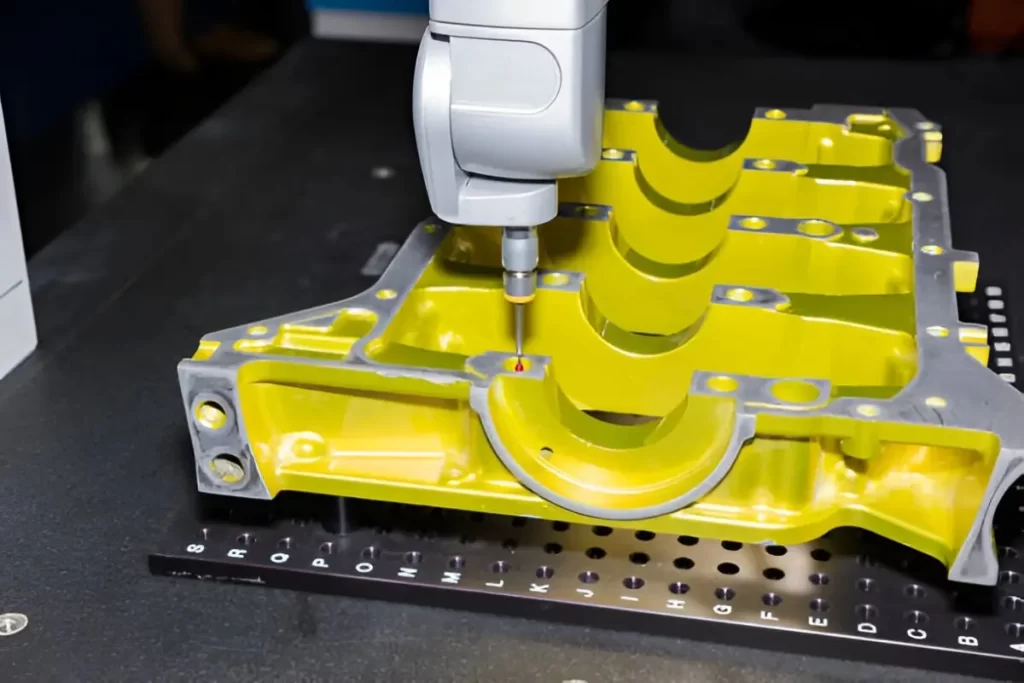
Aluminum Structural Frame
Aluminum CNC service is suitable for lightweight construction. CNC machining provides high precision cut-outs, alignment holes, and tapped threads to be done in a single setup. These components commonly appear in the aerospace, automotive industry, or testing gear.
Prototypes and Test Fixtures
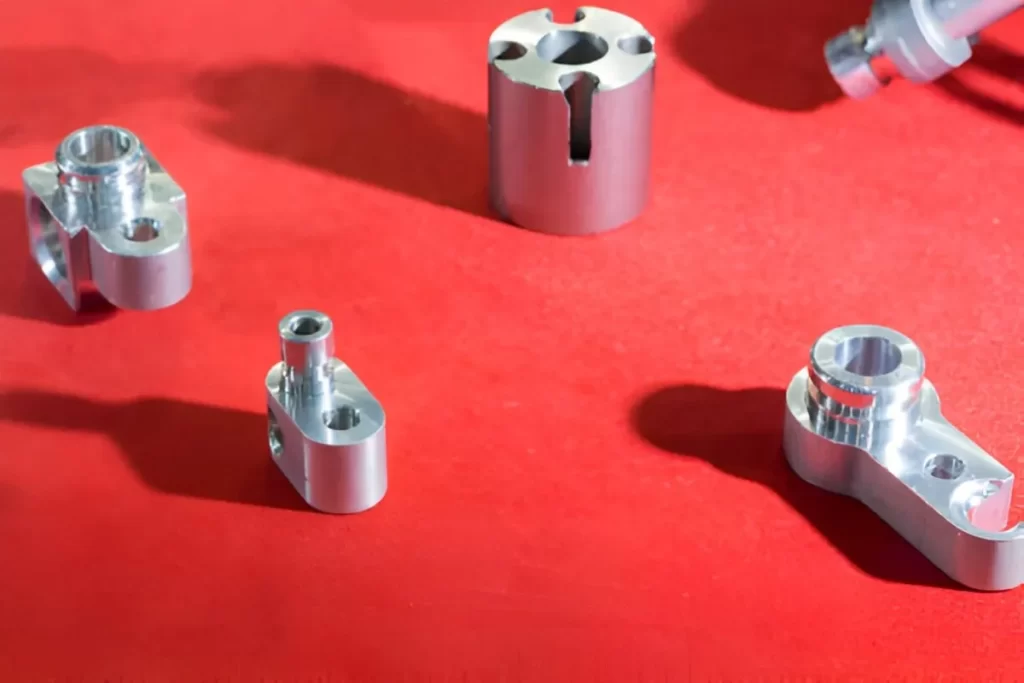
Aluminum Prototype & Fixture Parts
Aluminum is a good option when making a first-run part and clamping something together in testing. It is easy to machine and alter in case the design has to be changed. You can drill, tap, or face it over again if needed.
Why Choose Prolan for Custom Aluminum CNC Machining
Prolan specialises in custom machining aluminum parts. We focus on tolerances, material performance, and consistency across every production stage.
Our team machine parts from various aluminum grades, including 6061, 7075, 5052, and 2024. We select alloys based on their strength, surface finish, and behaviour during machining. Each material is matched to the function of the part.
We use advanced three-axis and five-axis machines for complex geometries. Parts come off the machine clean and accurately, with no secondary adjustment. Tight fits, tapped holes, thin walls, and flatness are all managed with controlled setups and tested feeds.
Surface finishing is done in-house. Depending on part use, we offer machined, bead-blasted, anodised, and brushed finishes. All finishes meet repeatable standards, so visual and protective results are consistent across batches.
Our process suits both one-off parts and high-volume runs. So, there are no shortcuts and no uncertainty.

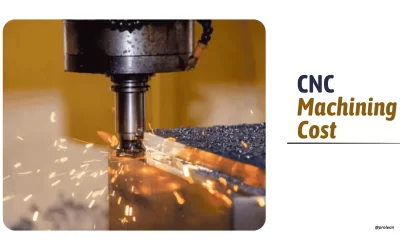
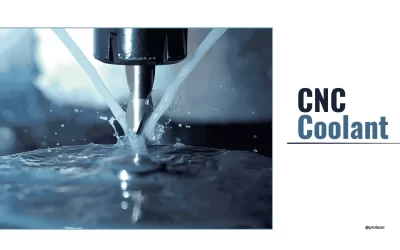
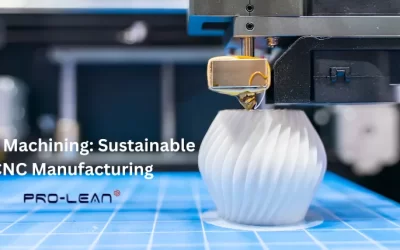
0 Comments